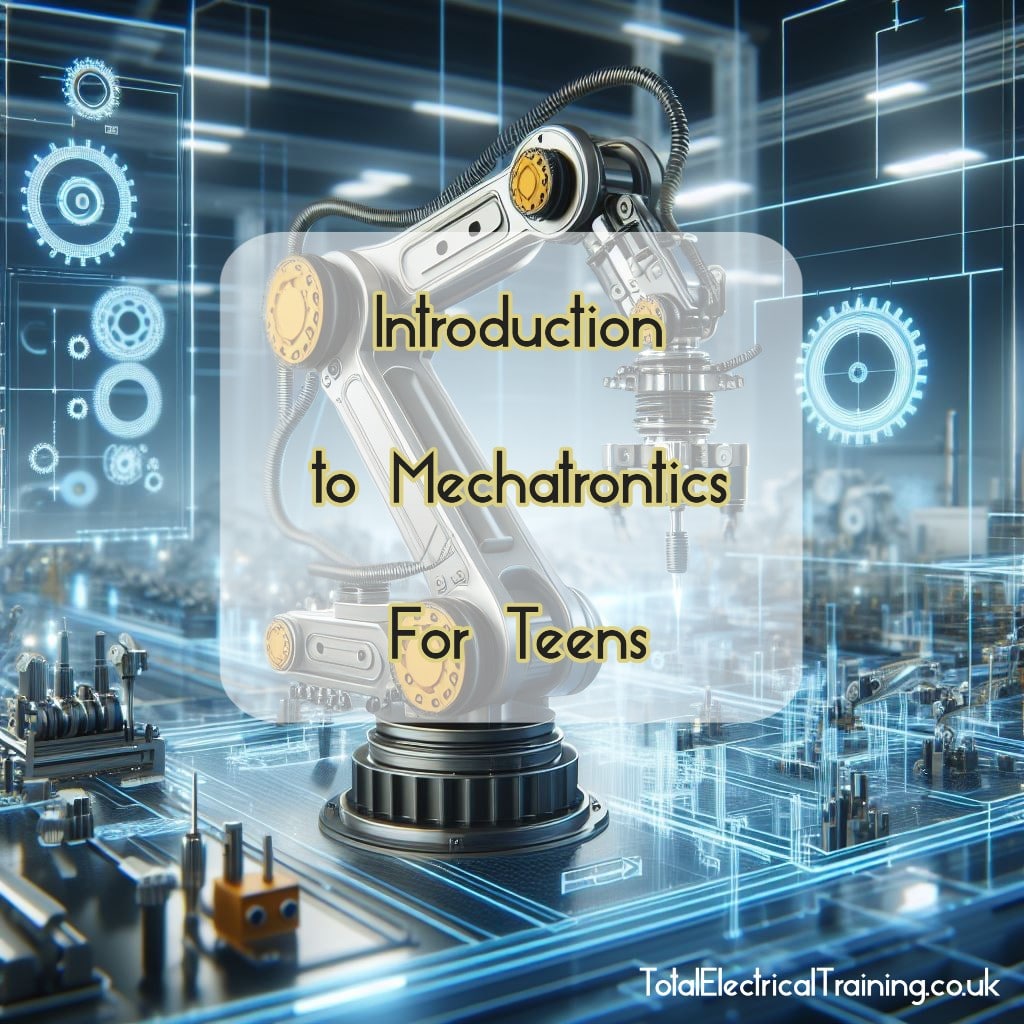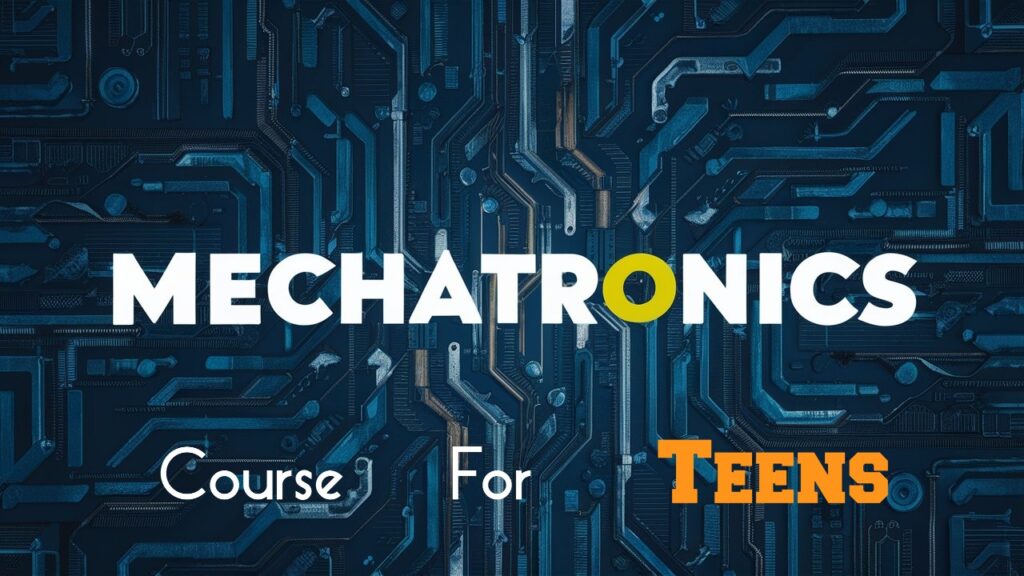Click the simple table below to view the FULL LENGTH Mechatronics Course for Teens OVERVIEW
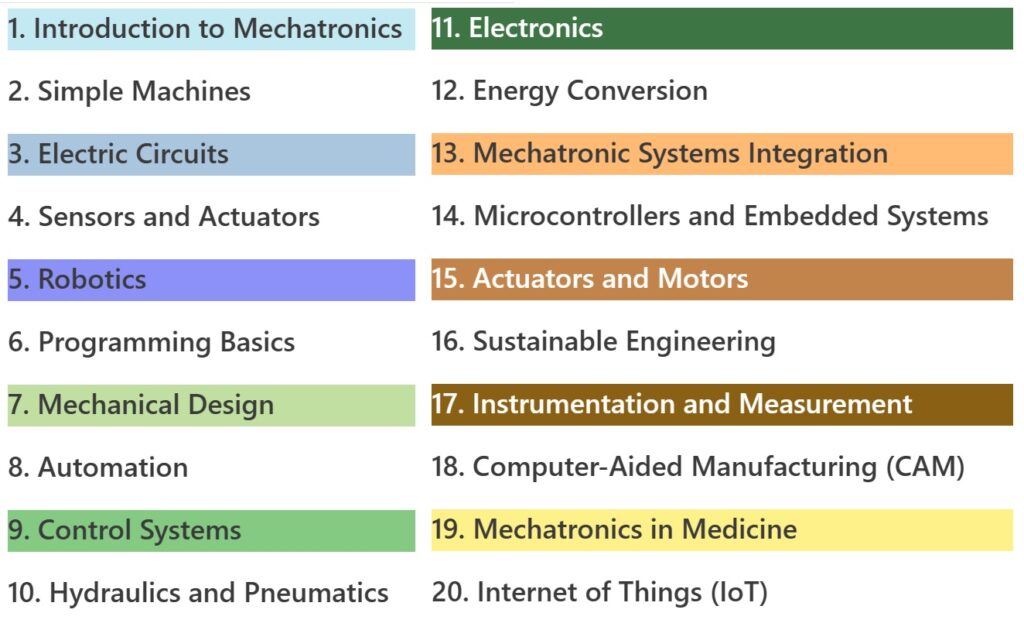
DISCLAIMER – This course is put together from various sources. Although the content of the course, and the questions are written and designed by Total Electrical Training, however none of the video tutorials in this course are made by us, or anyone affiliated with us. Although we’ve compiled the videos to enhance your learning of the relevant lesson, this does not mean Total Electrical Training is validating or promoting the creators of those videos or the content of their channels.
This Lessons Contains: READING, VIDEOS, QUESTIONS, and A HANDS ON PROJECT.
Hydraulics and Pneumatics: Exploring Fluid Power Systems
Fluid power systems play a critical role in a variety of industrial and everyday applications. The two main types of fluid power systems are hydraulics and pneumatics. While both systems utilize fluids to transmit power, they differ significantly in their applications, mechanisms, and the principles they operate on.
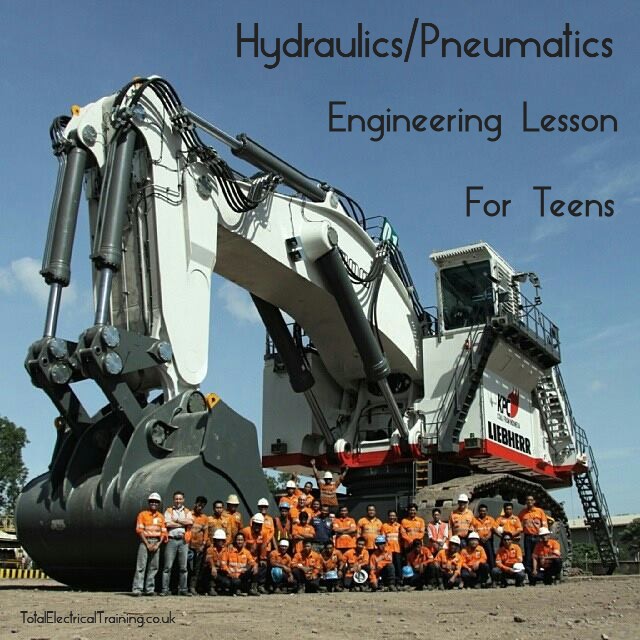
1. Difference Between Hydraulics and Pneumatics
The primary distinction between hydraulics and pneumatics lies in the type of fluid they use and their respective applications:
- Hydraulics: These systems use liquids, typically oil, to transmit power. Due to the incompressibility of liquids, hydraulic systems can handle heavy loads and provide precise control, making them ideal for applications requiring significant force and precise movements, such as in construction machinery, automotive brakes, and industrial presses.
- Pneumatics: Pneumatic systems use compressed gases, usually air, to transmit power. Gases are compressible, which means pneumatic systems generally handle lighter loads compared to hydraulics. However, they are faster and cleaner, which makes them suitable for applications in automation, packaging, and lightweight machinery.
2. Pascal’s Law in Hydraulic Systems
Pascal’s law is fundamental to understanding hydraulic systems. The law states that a change in pressure applied to an enclosed fluid is transmitted undiminished throughout the fluid in all directions. Mathematically, it can be expressed as:

In hydraulic systems, Pascal’s law is utilized to multiply force. For example, if a small force is applied to a small piston, it creates a pressure that is transmitted through the hydraulic fluid to a larger piston. Because the pressure is the same, the force on the larger piston is proportionally greater due to its larger area. This principle allows hydraulic systems to lift heavy loads with relatively little input force.
3. Applications of Pneumatic Systems
Pneumatic systems are widespread in various industries due to their speed, simplicity, and cleanliness. Some common applications include:
- Automated Assembly Lines: Pneumatic actuators and valves are used to control the movement of parts, tools, and machinery in manufacturing processes.
- Packaging Systems: Pneumatic systems drive machines that pack, seal, and sort products, especially in the food and beverage industry.
- Air Brakes: In vehicles such as buses and trucks, pneumatic systems provide reliable braking.
- Dental and Medical Tools: Air-powered drills and other tools are common in medical settings due to their precision and cleanliness.
4. Power Generation in Hydraulic Systems
Hydraulic systems generate power through the pressurization of hydraulic fluid, usually oil. The process involves several key components:
- Pump: A hydraulic pump, powered by an electric motor or an internal combustion engine, converts mechanical energy into hydraulic energy by moving the fluid from a reservoir into the system.
- Valves: Control valves regulate the flow and pressure of the hydraulic fluid, directing it to the desired location within the system.
- Actuators: These convert the hydraulic energy back into mechanical energy. Actuators can be either hydraulic cylinders, which produce linear motion, or hydraulic motors, which produce rotational motion.
By manipulating the flow and pressure of the hydraulic fluid, the system can perform a wide range of tasks, from lifting and lowering heavy loads to driving machinery and equipment with high precision and power.
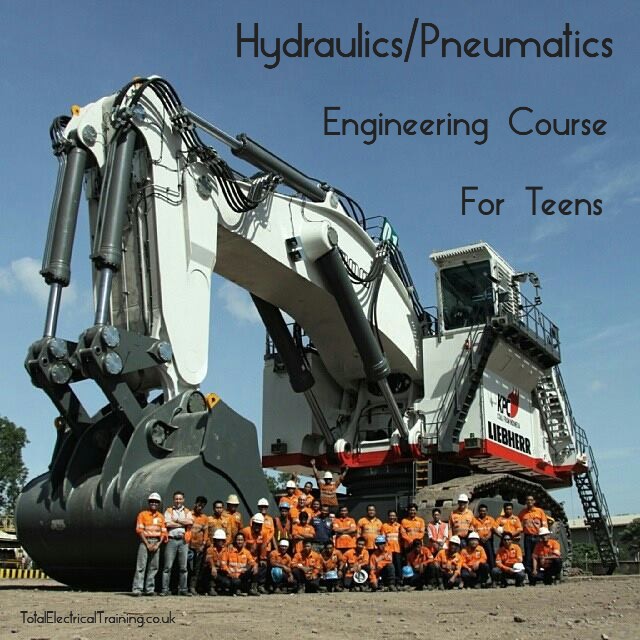
Conclusion
Both hydraulics and pneumatics are essential technologies in modern industrial and mechanical systems. Hydraulics are favored for their ability to handle heavy loads and provide precise control, making them indispensable in heavy machinery and automotive applications. Pneumatics, with their speed and cleanliness, are ideal for automation and light-duty applications. Understanding the principles behind these systems, such as Pascal’s law in hydraulics, and their respective applications helps in selecting the right technology for a given task, ensuring efficiency and effectiveness in various engineering solutions.
Hands on Project – Build a Hydraulic Robot Arm
Questions
- What is the difference between hydraulics and pneumatics?
- How does Pascal’s law apply to hydraulic systems?
- What are some applications of pneumatic systems?
- How do hydraulic systems generate power?
- Bonus Question: Find out how hydraulics are used in amusement park rides.
Ready to take a dive into Electrical Engineering to get a head start on College or University, or simply expand your DIY knowledge?
Check out our meticulously designed course in Electrical/Electronic Engineering for all walks of life, from any country. Delivered by Professor F. Tavassoli.
Buy me a Coffee
I would be honoured if you’d buy me a digital coffee to express your thanks for this Mechatronics Course I’ve put together to help eager minds excel in their knowledge, learning and success.
Your kind donation makes it possible for me to continue creating amazing content and fulfil my dream of keeping the majority of what I make FREE and Ad FREE!!!
Thank you from the bottom of my heart, and abundant blessings to you!
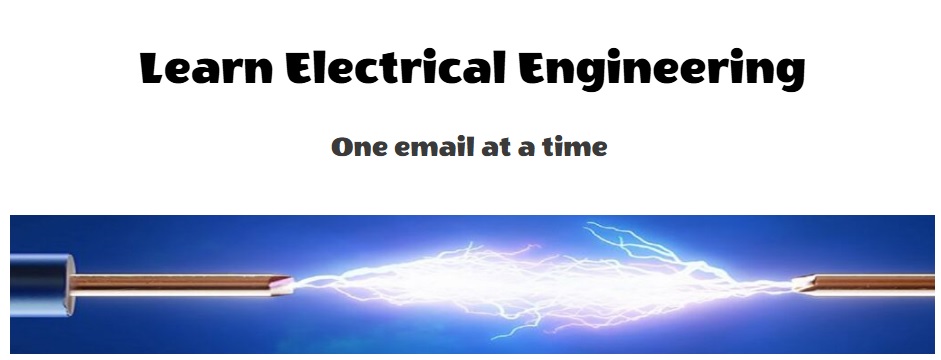
Join students and professionals
from across the world increasing their knowledge of Electrical Engineering.
One email at a time
We never send spam or give your information to anyone, Privacy Policy here.
DISCLAIMER – This course is put together from various sources. Although the content of the course, and the questions are written and designed by Total Electrical Training, however none of the video tutorials in this course are made by us, or anyone affiliated with us. Although we’ve compiled the videos to enhance your learning of the relevant lesson, this does not mean Total Electrical Training is validating or promoting the creators of those videos or the content of their channels.


